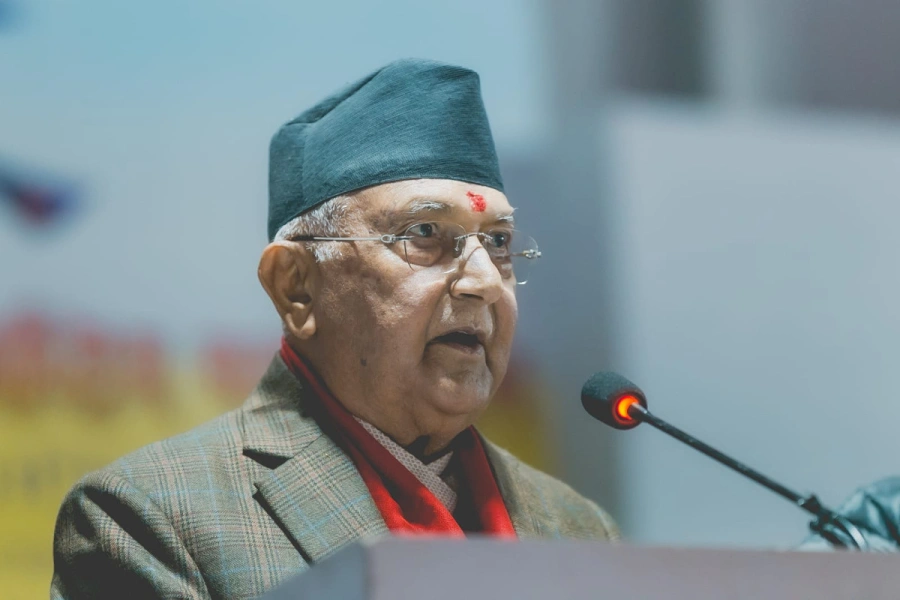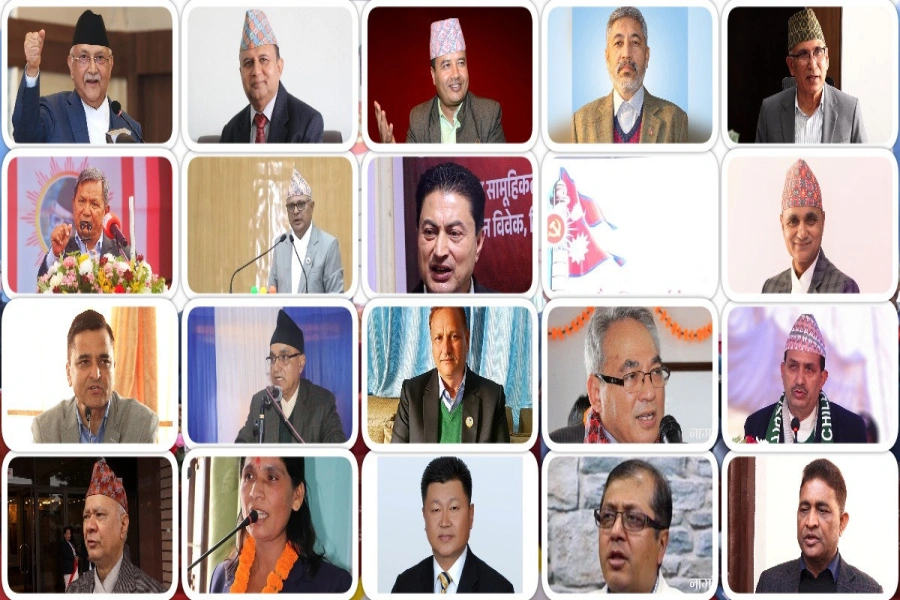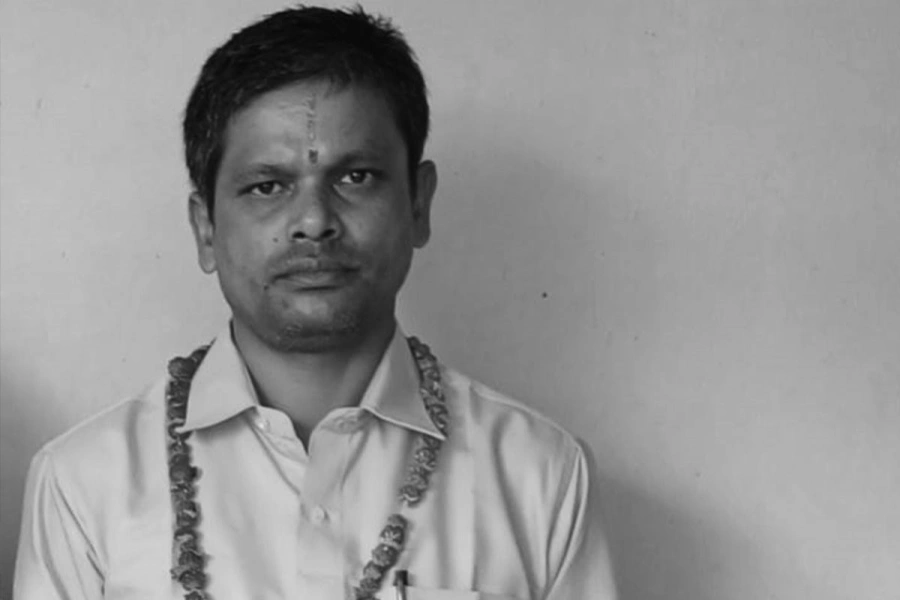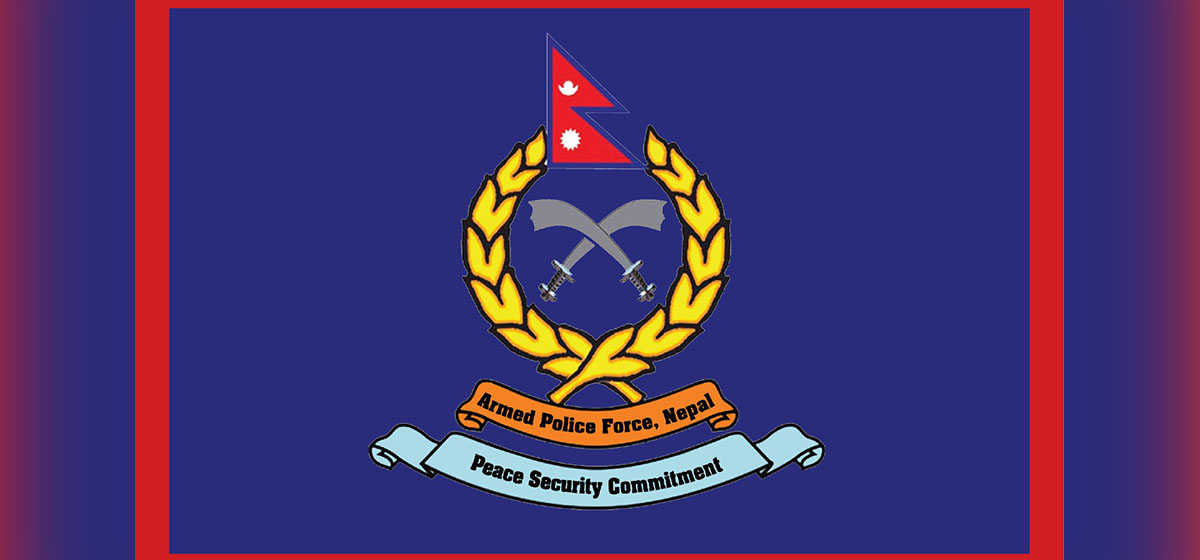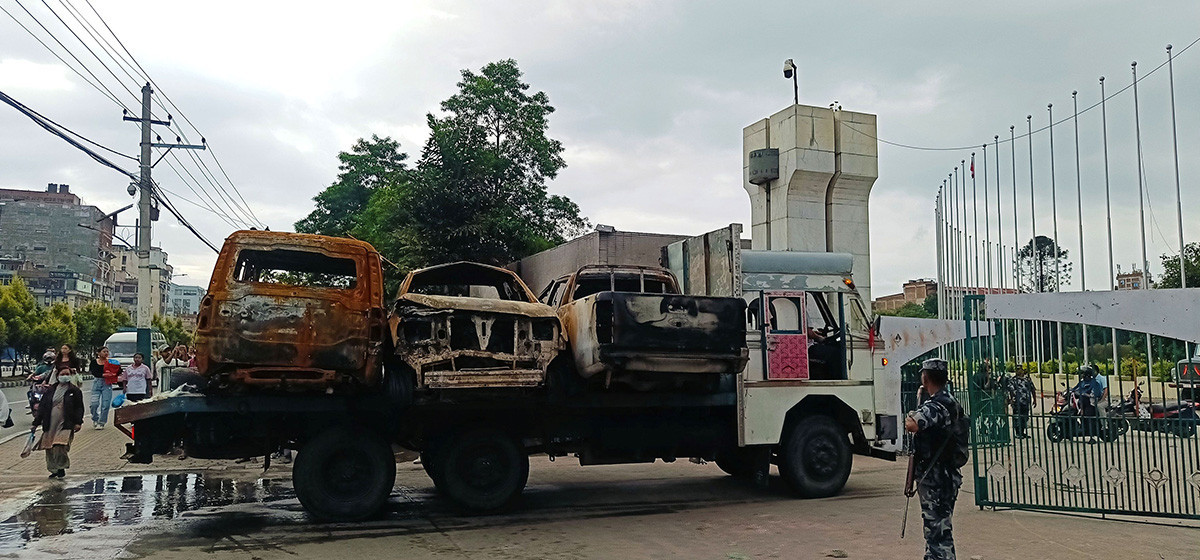The massive quake of 2015 and its aftermath gave us a very important and essential lesson, that is, the importance of preparedness and awareness. However, we are neither prepared nor aware. So quickly have we utterly forgotten our country’s long history of destructive disasters.
Nepal is located in a geologically disaster-prone area, regularly subject to various types of natural disasters such as floods and landslides, drowning land and houses, fires, earthquakes, avalanches, windstorms, hailstorms, lightning storms, droughts, river blockades, cold waves and glacial lake outbursts. The tragic loss of lives and huge property is, sadly, a regular phenomenon in our country. And, perhaps due to the global climate change, population growth and other uncontrollable factors, every year the number of such events seems to be on the rise.
The 2015 quake
Six years ago, in the most devastating earthquakes of 25 April and 12 May 2015, nearly 9,000 people lost their lives. Thousands more were injured and essential physical infrastructures in the quake-affected areas collapsed or were damaged irreparably, including houses, schools, hospitals, colleges, and centuries-old national historic structures such as temples, durbar squares, stupas, ghyans and the like. Though we all lived through this nightmarish event, today we do not seem to prepare enough for such eventualities which will most surely recur in the future. The 2015 quake hit the areas where vehicles and relief materials could be taken more easily in comparison to other remote places of Nepal. But, can we imagine what will happen if a quake hits the remotest parts of the country such as the districts of Karnali Province, where it may take several days to get there by land transport even at the best of times? There are many such places in our country where even landing even smaller helicopters is difficult.
Environmentalists call for comprehensive media coverage on disa...

The massive quake of 2015 and its aftermath gave us a very important and essential lesson, that is, the importance of preparedness and awareness. However, we are neither prepared nor aware. So quickly have we utterly forgotten our country’s long history of destructive disasters. Ilaya Pirgogine, a Nobel prize winner and one of humanity’s great thinkers, has rightly said, “We cannot predict the future, but we can be prepared for it.” Truly, natural disasters largely cannot be predicted, much less prevented, but their effects on humanity can surely be greatly mitigated if there is a right kind of preparedness, management, and precaution taken in time, before the disaster occurs. If we look at natural disaster-prone countries such as Japan and Indonesia, they teach public courses on disasters with the aims of raising awareness among the people, in order to produce trained human resources and keep them ready for effective disaster response. Along with offering courses on disaster education at schools and universities, in Japan there is a policy of integrating interdisciplinary topics such as citizen welfare, environment, international relationships, community dynamics, human rights and so on into disaster preparedness courses.
Education on natural disasters
The best way to raise our people’s awareness about natural disasters, and thus to be ready to manage potential catastrophes before they occur is by imparting public education on natural disasters and their management. But if we look at Nepal, we are still not providing enough disaster readiness education. True, at the school level, some topics have been incorporated under the various subjects such as Social Studies and Population and Environment, and Science, but these do not seem sufficient to educate and prepare students or the general public for real catastrophic disasters. So, there is a dire need for introducing courses that better equip students for risk reduction and management of unpredictable natural calamities in the years to come.
For this purpose, schools and colleges should introduce courses on personal safety and survival if a disaster does occur, earthquake rescue techniques and emergency care for the injured, as well as basic first aid measures for those who are less seriously hurt. Similarly, collecting relief materials and funds for the victims, distributing relief materials, appealing to the international community for disaster management, reconstructing and rebuilding damaged and destroyed infrastructures, resettling the victims, building and providing temporary shelters, and counselling and consoling the victims of natural disasters are also quite crucial.
In the same way, more advanced courses on law related to disasters, community empowerment, managing relocation shelters, emergency communications, sanitation, food relief and mass feeding programs, disaster medical assistance and the importance of saving human lives, mutual help, counselling and compassion should be offered to our country’s professionals and to our local and regional civic, community and governmental leaders. Similarly, the Ministry of Education, Curriculum Development Centre, and universities should adopt the policy of designing and incorporating educational content designed to convey the lessons and experiences of natural disasters, for instance, the quake of 2015 (2072BS), the village slide of Jure, Sindhupalchowk, and the like into the curriculum.
Additionally, in specialized courses more specific and technical knowledge and skills should be offered in higher studies. Studies should be conducted on international and local best practices for promptly restoring public services such as electricity, water, mobile telephone, the Internet and communications, police protection, safe road transport, health services, longer-term food security and ensuring the supply chain to public markets to ward off local famine or mass hunger. Similarly, a cooperative educational exchange program should be established among the universities of catastrophically-vulnerable countries so that students can exchange experiences and see and learn the practices and systems of disaster management in other countries as well.
Ministry of Disaster Management
Besides offering courses at school and university levels to be prepared to effectively and efficiently manage natural disaster responses, the Government of Nepal should establish a ‘Ministry of Disaster Management’ with full resources and responsibilities. Due to the lack of such a ministry to deal with disasters, in 2015 the government could not manage the quake disaster effectively, efficiently, and autonomously. At that time, though the Government of Nepal tried its best, it sadly failed to take emergency response action efficiently and promptly enough due to an almost complete lack of proper mechanism and preparedness.
It was reported that many people lost their lives due to the lack of timely rescue. Many people could not receive timely and proper treatment after injury. Correspondingly, the government was not able to send relief materials to the affected areas and distribute them successfully in time. Hence, the need for a self-regulating ministry designed and prepared to deal with such a disaster is felt. And such a ministry should be prepared with a clear and workable plan and preparation to mobilize all organs and mechanisms of the nation to manage natural disasters. Along with military and police forces, the state should specify the duties and responsibilities of the civilian manpower at the time of natural calamity, for example, the duties and responsibilities of teachers, students, professors, doctors, engineers, technocrats, transportation entrepreneurs, business people, and media people.
At this crucial moment in history, when the COVID-19 pandemic is threatening all of humanity, and in order to manage and prepare for unpredictable future natural disasters that are sure to come in the future, the Government of Nepal should always be prepared with the necessary resources and manpower. It should also appeal to the relevant district and local government bodies to update the nation’s school and college-level education curricula. After all, they say, “A stitch in time saves nine.”



